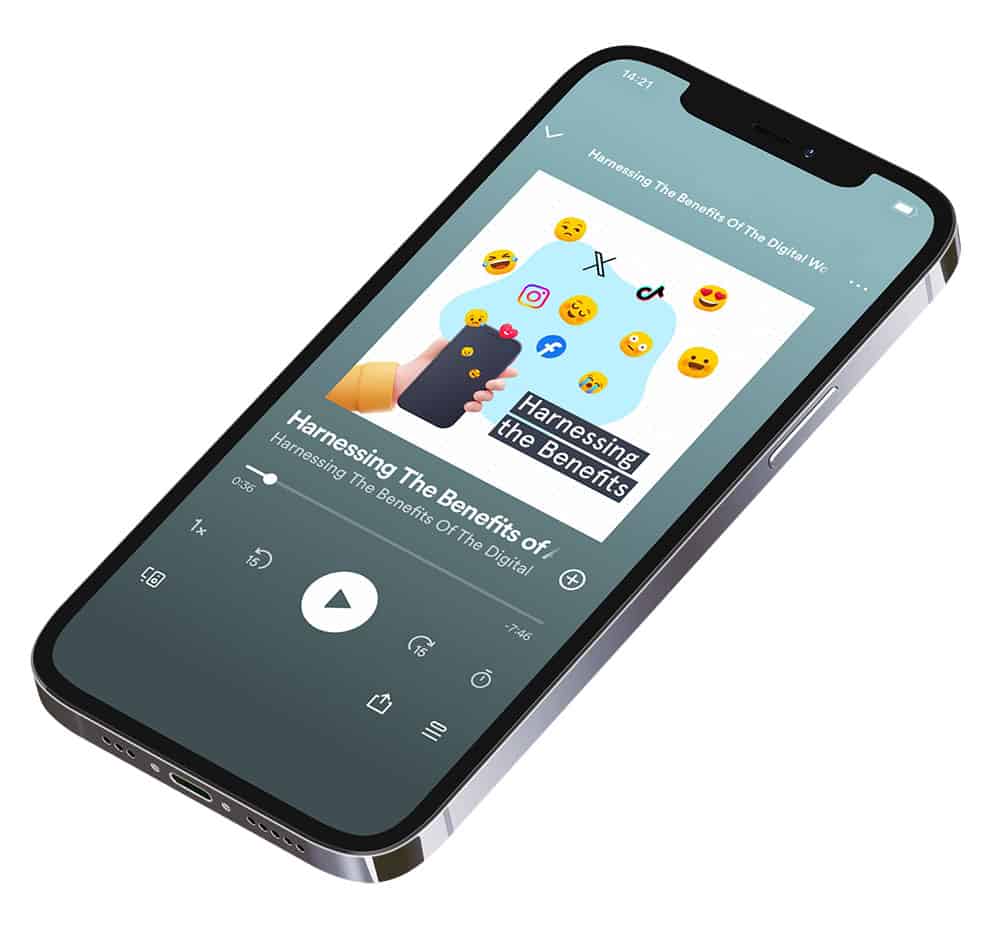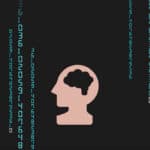By Julia Young
Know the Basics to Reap the Benefits
My name is Julia Young. I’m a Grade 12 student, and during my co-op program at Pinnguaq, I created an online safety podcast for teens called Harnessing the Benefits: The Digital World. I was surprised to learn just how advanced artificial intelligence (AI) is nowadays, and the ways in which online education and digital safety are constantly growing.
When I created the podcast, I only knew the basics of AI. Honestly, it seemed a bit boring. I thought AI was quite complicated and had no interest in learning about coding and all the technical jargon that goes along with it. But I was curious to learn the basics of how it functions and the more I learned, the more interested I became. Most high school students, including myself, have used some form of AI for schoolwork, like Turnitin, My Bib, or Grammarly. Programs like these are popular because they can save hours of labour, like combing through papers for errors and tediously typing out individual citations. Little did I know that was just the tip of the iceberg.
Over the spring of this year, I heard about ChatGPT, a new form of AI that was gaining popularity with students because it seemed to be a program that could write papers for the user. I soon learned, however, that ChatGPT is more than just an essay-writing machine. It’s actually much better at improving original work than it is at creating papers based on what it can find on the internet.
For example, I have started using ChatGPT to expedite the research process for my podcast. I can prompt it to locate articles related to the topic I’m researching, condense them, and give summaries of research material—it can even suggest articles I might not have searched for or found on my own.
In addition to AI, Harnessing the Benefits touches on online learning, something I had always considered an alternative form of education. When the pandemic hit, however, I got a taste of what online schooling is like and, to my surprise, I loved it. Despite having the same amount of work to do, I found I had more flexibility, as learning online allowed me to jump ahead and get things done early, which freed up my time and gave me more control over my schedule.

Occasionally when learning online, I had to fight the urge to procrastinate, which was a new challenge. Traditional classroom learning involves constant supervision, which holds students accountable and keeps them focused. With online learning, it was up to me to motivate myself and maintain my concentration. In my opinion, the many benefits of online learning outweigh the few drawbacks. In fact, the whole point of Harnessing the Benefits has been to hone in on the advantages of online learning and technology while highlighting some common dangers and disadvantages, like the challenges of new AI programs.
What stood out to me was how scams and trickery ranging from AI-produced deepfakes to false accreditation for educational institutions are so common, with teenagers and children becoming the prime targets for such attacks. It was also a little surprising to learn that the most effective way for users to protect themselves is by using basic safety techniques like strong passwords, knowing online friends offline, and scrutinizing online content before assuming it is factual.
Writing the podcast underscored the value of learning about online safety and bringing it into schools so everyone can understand how to protect themselves online and take advantage of the benefits of technology while avoiding the pitfalls.
Although my high school education will finish shortly, I’ll be taking this knowledge into my future work in digital marketing and when volunteering in local communities. Knowledge is armour. No one would go into battle without armour, so why go online without some form of protection? The more we know about the benefits and dangers of the digital world, the more we can keep ourselves safe. I will definitely be using AI and forms of online learning again in the future but I’ll be taking my armour wherever I go.

